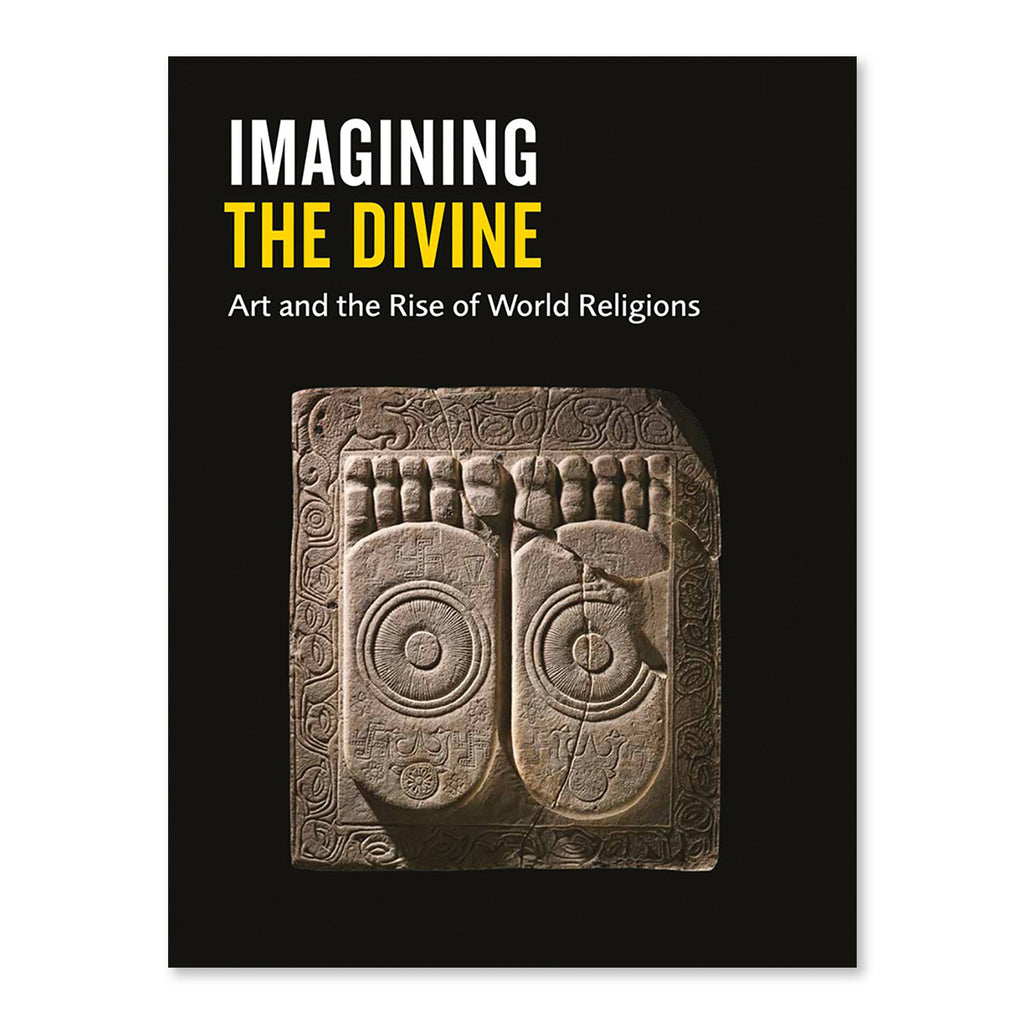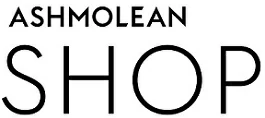
Ashmolean Museum Oxford
by Elsner Jas
Imagining The Divine exhibition catalogue accompanied the Ashmolean Museum exhibition, Imagining The Divine: Art and the Rise of World Religions.
This catalogue features the creation of specific visual languages that belong to four major world religions: Christianity, Judaism, Buddhism and Islam. Emblematic visual forms like the figure of Buddha and Christ, or Islamic aniconism, only evolved in dialogue with a variety of coexisting visualisations of the sacred.
Religion has been a fundamental force for constructing identity from antiquity to the contemporary world. The transformation of ancient cults into religious systems with a universal claim that we recognise now as the world religions took place in the first millennium AD, in the period we call 'Late Antiquity'. Our argument is that the creative impetus for both the emergence and much of the visual distinctiveness of the world religions came in contexts of cultural encounter. Bridging the traditional divide between classical, Asian, Islamic and Western history, this exhibition highlights the religious and artistic creativity at points of contact and cultural borders between late antique civilisations.
This catalogue features the creation of the specific visual languages of four of the world religions: Christianity, Judaism, Buddhism and Islam. The imagery still used by these belief systems today is evidence for the development of distinct religious identities in Late Antiquity. Emblematic visual forms like the figure of Buddha and Christ or Islamic aniconism only evolved in dialogue with a variety of coexisting visualisations of the sacred. As late antique believers appropriated some competing models and rejected others, they created compelling and long-lived representations of faith, but also revealed their indebtedness to a multitude of contemporaneous religious ideas and images.
Paperback
Book contains: 200 pages.
Dimensions: 22.1 x 1.75 x 28.09cm
The profit from your purchases helps fund the running, collection and care of the Ashmolean Museum, which is free to enter and offers more than 1000 tours, workshops and lectures each year. By shopping with us today, you are helping support everything that we do.
